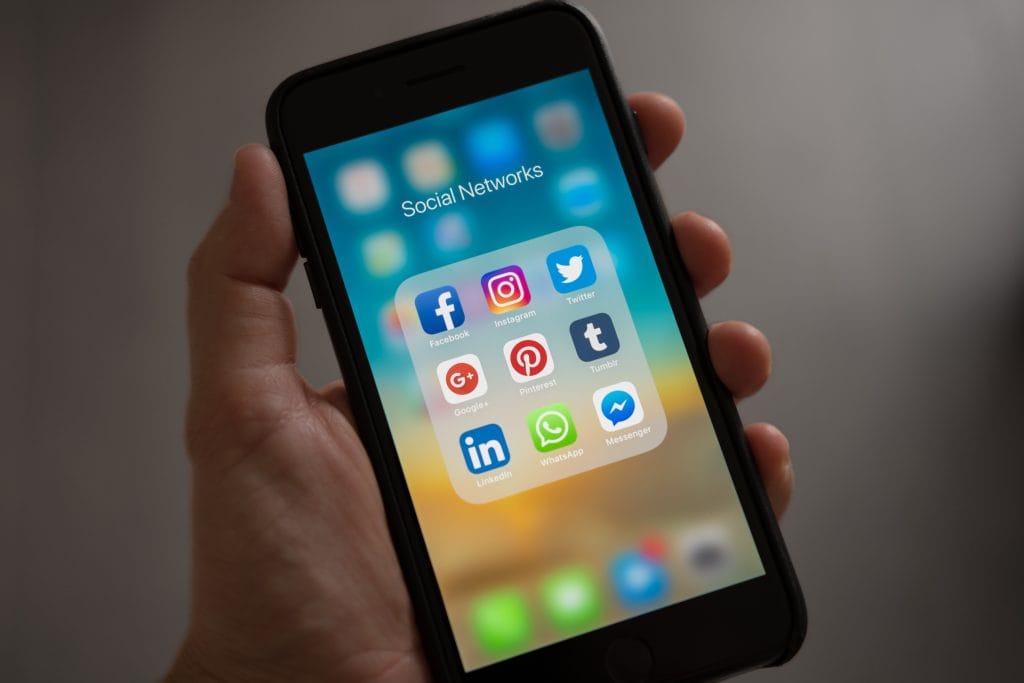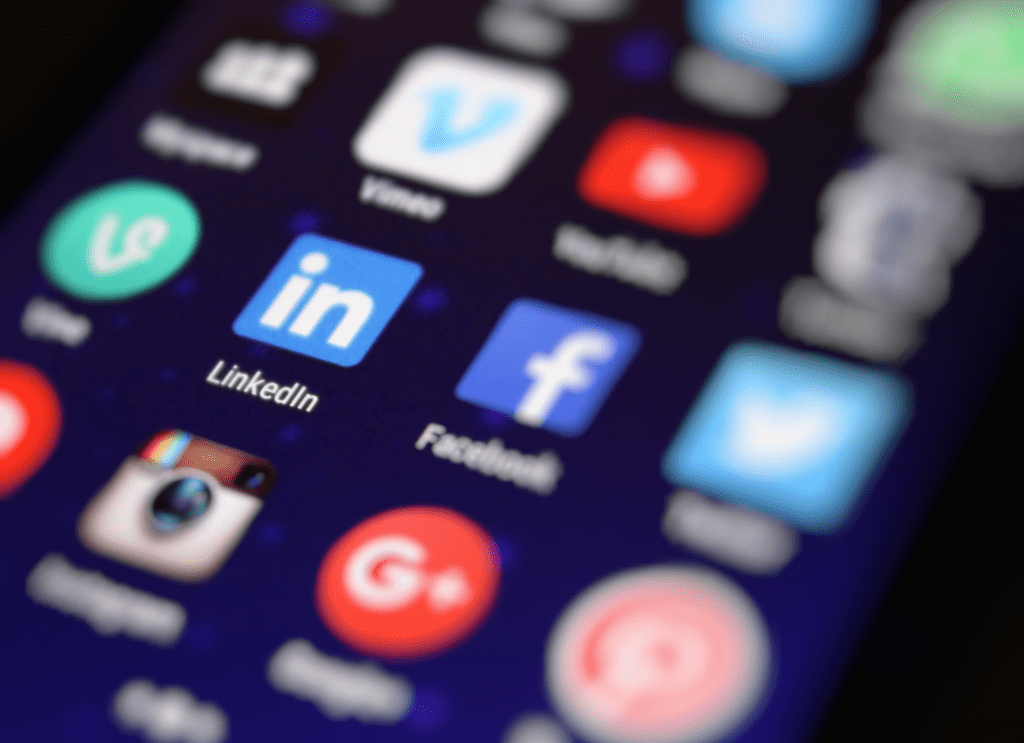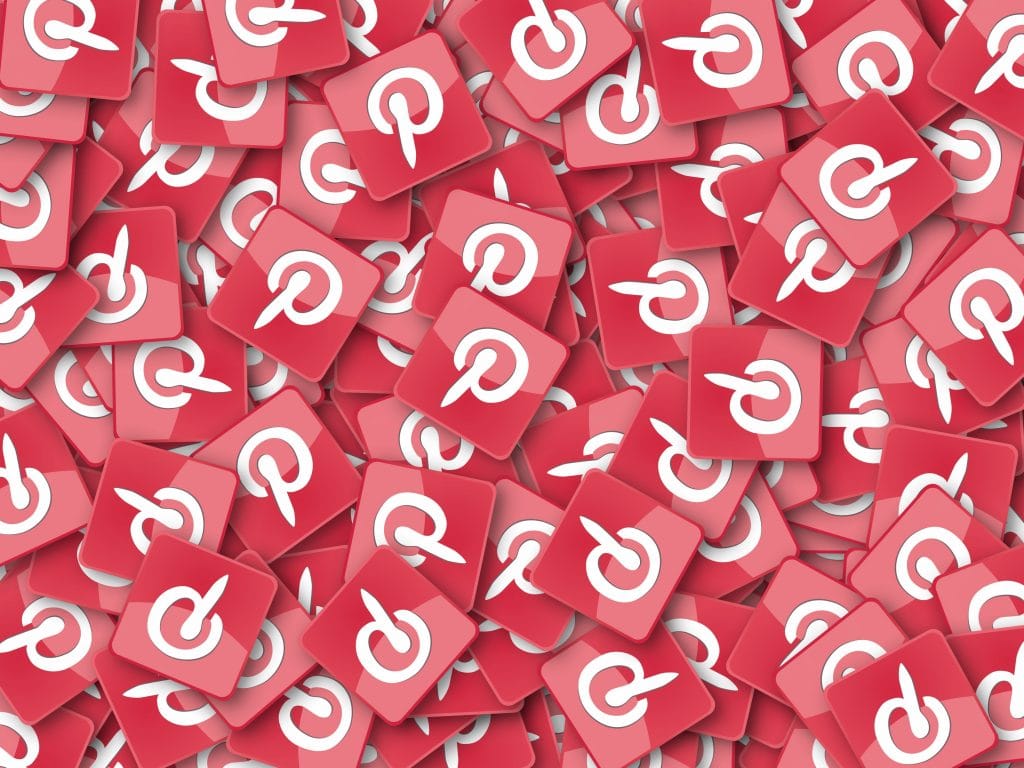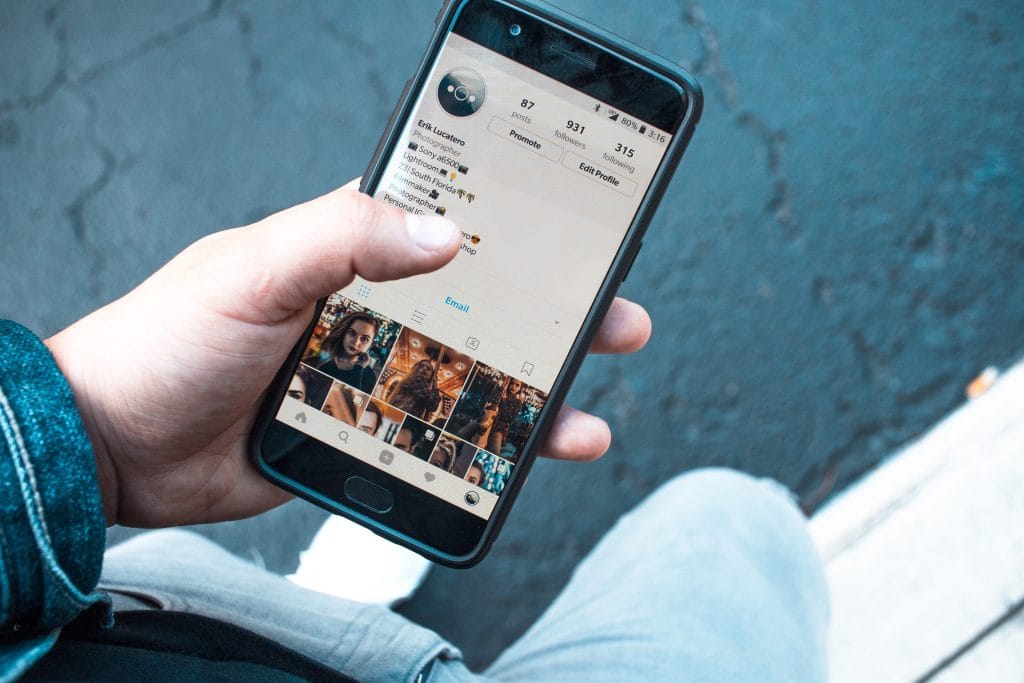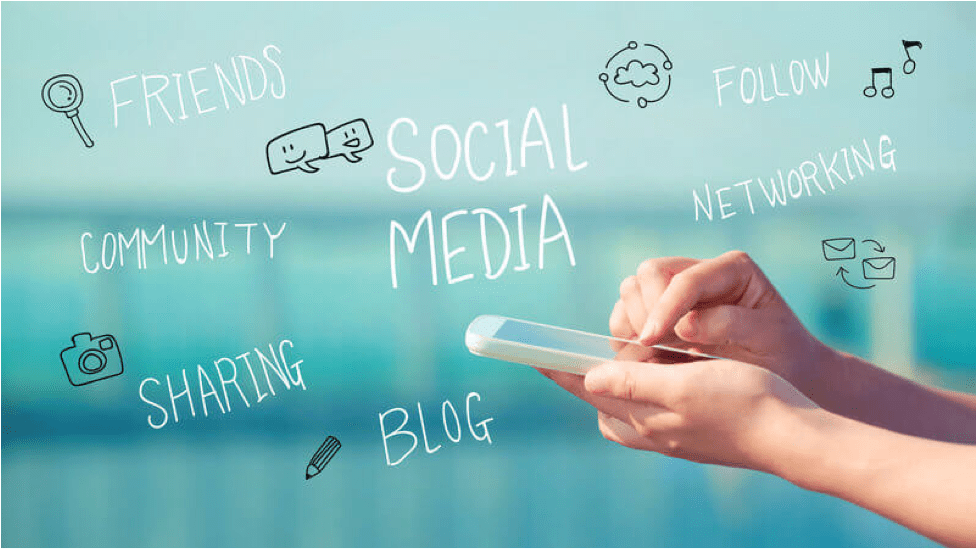social media
10 Reasons You Need to Start Focusing on Facebook Stories
Tired of fighting to get your content seen in the regular Facebook newsfeed? Not sure how to organically bypass the regular algorithm? You might be missing out on a really compelling feature: Facebook Stories. This often-misunderstood feature originally allowed personal users to share snapshots of their lives for a limited length of time. It has…
Social Listening: What You Need to Know
While it’s important to have a social media presence, simply posting daily or running sponsored ads isn’t enough. You definitely need to understand your target audience and find new ways to create brand awareness. But what happens once you’ve put your brand out in front of hundreds, thousands, or millions of people? Do you just…
8 Things You Can Do to Better Utilize Your LinkedIn Profile
If you’re like a lot of other people, you might have a LinkedIn profile…but it never really sees the light of day. Maybe you log in once a year and tweak it slightly, or you log in regularly but don’t really “get” how to use it effectively. That might be a mistake! Professionals and business…
5 Ways to Use Pinterest to Strengthen Your Brand
Many businesses think of platforms like Facebook and LinkedIn in relation to marketing products and services. The reality is that consumers today are incredibly visual, and these sites alone may no longer be enough to keep their interest. Enter Pinterest. While it started out as more of a personal indexing site where people swapped recipes…
Why The Best Influencers Aren’t Only on Instagram
How many sponsored ads did you see the last time you scrolled your Facebook or Instagram feed? Quite a few, I’m sure. Now, more than ever, I’m seeing brands partner with celebrity “influencers” as they work to create a new sense of brand awareness. But here’s the thing: influencers come in all shapes and sizes….
9 Social Media Trends to Watch for in 2019
The New Year is right around the corner. With it will come brand new advice from every social guru you follow. While you want to keep up with upcoming trends, you don’t have to throw your entire social strategy up to this point out the window. Make sure you go into 2019 with the following…
9 Obsolete Influencer Marketing Practices to Avoid in 2019
Influencers spend a lot of time building an authentic voice that followers can connect with and relate to. The public views them as trustworthy sources of information. These influencers have built reputations for honesty and accuracy in reviewing products and services. It’s very “you scratch my back and I’ll scratch yours” – so to speak….
Mastering Reputation Management on Social Media Platforms
Social signals – how many collective shares, mentions, likes, and follows your business’s social media profiles have on an ongoing basis – are a big deal right now. They hold significant weight in determining rank because Google sees a high degree of positive interactions as indicating that you’re reliable, trustworthy, and ultimately, sharing content your…
Is a Job Working in Social Media the Right Fit for You?
According to the United States Bureau of Labor Statistics (BLS) social media specialists are grouped in with other types of public relations specialists. In 2015, their median annual wage was $56,770, which is higher than the overall median wage of $36,000 for all workers. Social media specialists are the ones who are posting content on various…
11 Tips to Increase Facebook Engagement
In the early days of social media, there was major focus on the number of fans you had, which lead to an onslaught of craziness where people thought it was a good idea to buy fans. (If you don’t know why that’s a bad thing – I talked about it in this post. There’s…
Top Annoying Social Media Habits to Avoid
These days, having a stellar social presence is essential for online business growth, but simply creating profiles, getting followers, and posting whatever you want, whenever you want, isn’t enough to get there. There must be strategy, of course, but even when you operate within a strategy, there are a few things you can still…
How to Leverage Social Media for SEO
Social media development isn’t a Google ranking factor, simply because anyone can create a social profile on any number of networks at any time. A mere social presence would mean everyone would rank highly, but with the number of spam accounts out there offering zero value, it’s easy to see why the search engines…
Organic Search and Social Networking – The Great Crossover
Not long ago, there was a clear separation between organic search results and social media channels. Recently, that has changed dramatically. The line that used to separate these two online elements has become blurred. Google’s very advanced algorithms are picking up on what we call “Social Signals” and those signals are impacting organic search results…
- « Previous
- 1
- 2
- 3
OTHER ARTICLES YOU MIGHT BE INTERESTED IN

SMG Marketing Makeover 2025 - What’s Working, What’s Not, and What’s Next

Using Community Outreach as a Marketing Strategy


A Complete Guide to Google Performance Max (PMAX) for Healthcare

Tips for Spring Cleaning Your Digital Marketing Efforts

Medical Practice SEO - The Ultimate Guide for Doctor's Offices

10 Digital Marketing Ideas for Doctor's Offices


